When we think of Roman cuisine, images of wine-soaked feasts and roasted meats may come to mind. But behind the scenes, there was one secret ingredient that ruled Roman kitchens from the palaces of emperors to the kitchens of the working class: Garum.
This powerful, fish-based sauce wasn’t just a seasoning it was a way of life. From enhancing simple grains to transforming bland meats into savory delights, Garum added depth and richness to nearly every dish served in ancient Rome.
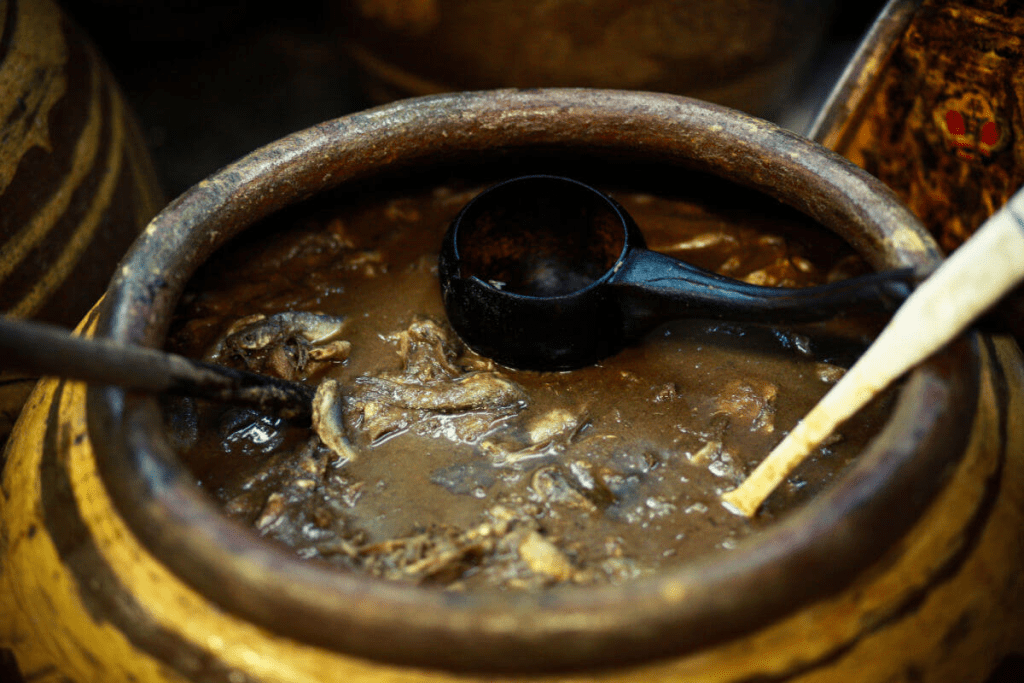
What Exactly Was Garum?
At its core, Garum was a fermented fish sauce a kind of ancestor to modern Southeast Asian fish sauces like Vietnamese nước mắm or Thai nam pla. But the Roman version had its own unique flair. It was made by layering fish guts, small fish like anchovies, and salt in large ceramic vats. Then, nature took over.
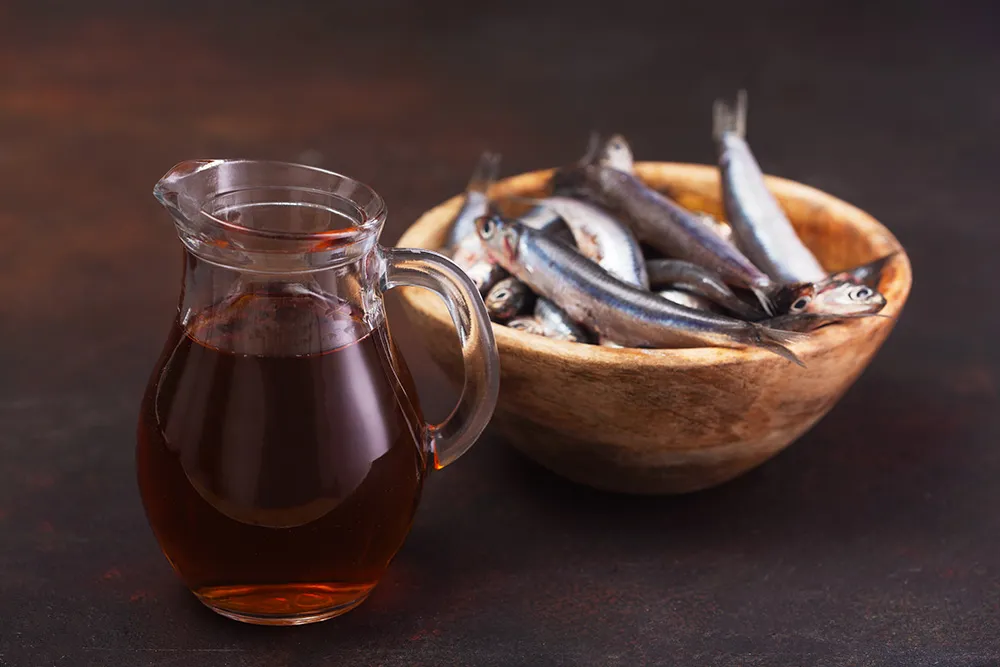
The mixture was left to ferment under the Mediterranean sun for weeks or even months. As the fish broke down, a rich, amber-colored liquid would rise to the top. This was the prized Garum the liquid gold of Roman kitchens.
The leftover sludge at the bottom? That was allec, a cheaper byproduct consumed by the poor and sometimes even used as fertilizer.
Video:
Ancient Roman Garum Revisited
From Poor Man’s Paste to Liquid Luxury
Garum wasn’t just food it was commerce. In fact, entire industries were built around its production, especially in Roman provinces along the Mediterranean coast like Spain, North Africa, and southern Italy. Some versions were so prized that wealthy Romans were willing to pay in silver for small jars of premium Garum.
Elite versions came from specific regions, carried distinct flavors, and even bore brand names etched into amphorae. Think of it like Roman artisanal hot sauce aged, regional, and status-worthy.
For the poor, Garum was more of a miracle than a luxury. It could mask the taste of spoiled food, stretch the flavor of a humble stew, or liven up a bowl of boiled grains. Meanwhile, allec the thick paste left after the sauce was drained—became the “people’s Garum.”
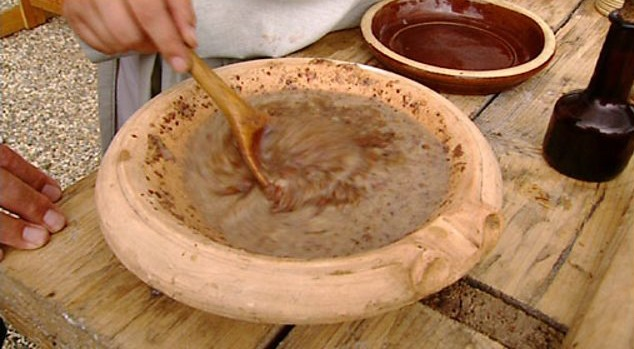
They Put It On Everything… Even Fruit
Garum wasn’t used sparingly. The Romans poured it over meats, tossed it with vegetables, stirred it into soups, and, yes even drizzled it on fruit. Recipes preserved by Roman food writers like Apicius show Garum used in everything from pork roast glazes to wine-spiked seafood stews.
This might sound odd today, but back then, savory-sweet combinations were commonplace. Garum provided an umami punch, balancing out the sweetness of fruit or the richness of roasted meat.
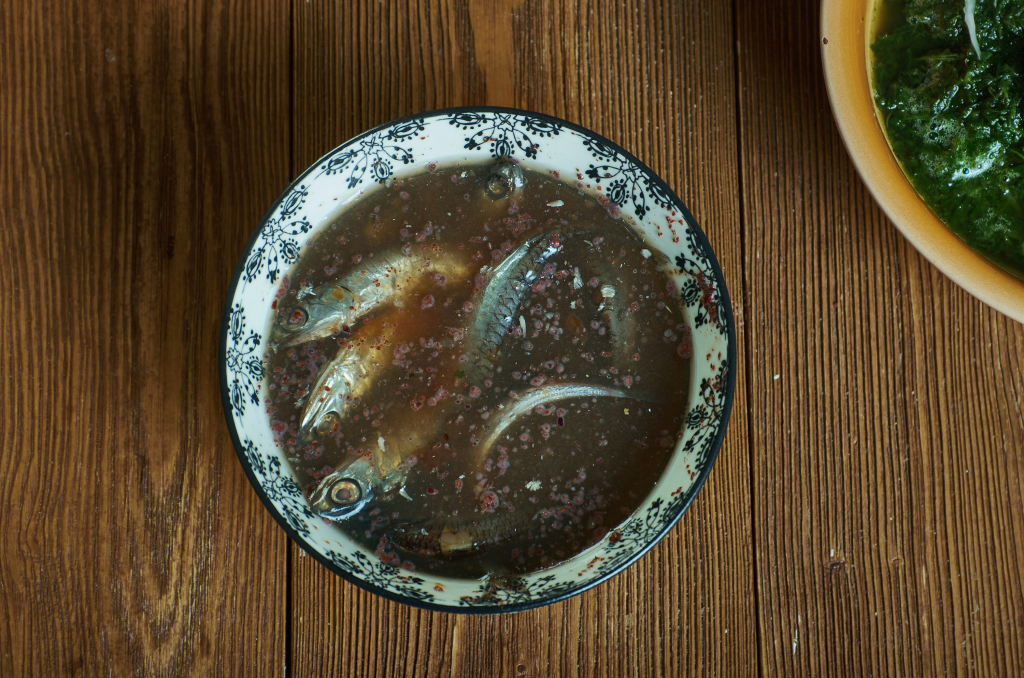
The Smell? Let’s Just Say… It Wasn’t Subtle
Garum might have tasted great, but making it wasn’t exactly fragrant. Historical records and archaeological digs reveal production sites far from city centers—for good reason. The stench of rotting fish guts baking under the sun was so intense that it could make your eyes water. Yet despite the smell, demand never stopped.
Romans were obsessed.
Video:
Garum, Rome’s Favorite Condiment (Ancient Cooking)
Garum’s Legacy Today
Garum eventually faded from European kitchens after the fall of the Roman Empire, but it didn’t vanish entirely. Versions of fermented fish sauce survived in the cuisines of the Middle East, North Africa, and later re-emerged in East and Southeast Asia. Today, chefs and food historians are rediscovering Garum’s legacy—some even recreating it for modern gourmet dishes.
In fact, several experimental archaeology kitchens and high-end restaurants now produce modern interpretations of Garum using sustainable fish and herbs, offering a taste of history on a contemporary plate.
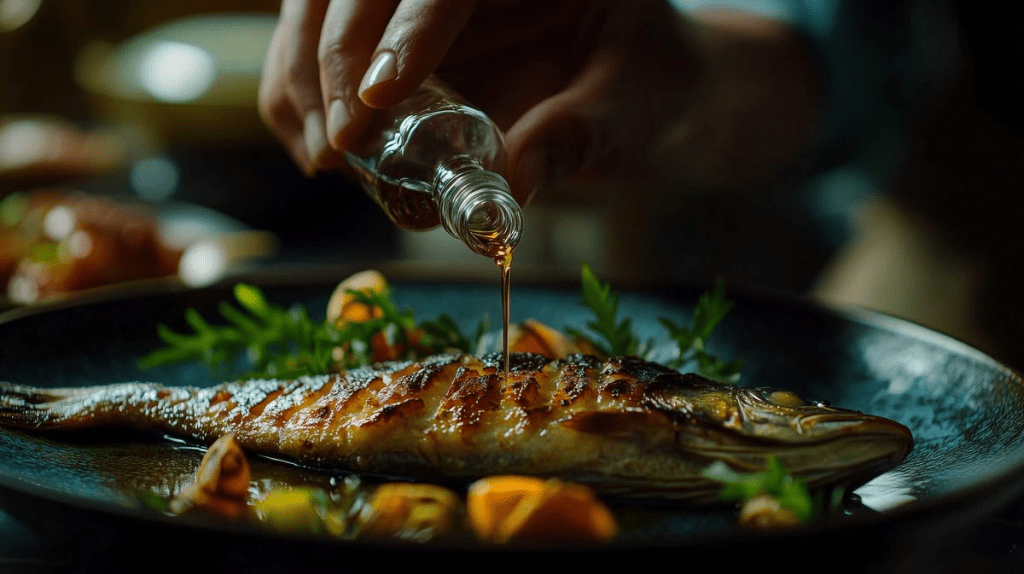
Final Thoughts
To the Romans, Garum was more than seasoning it was identity. It crossed social classes, traveled across continents, and flavored a civilization.
So the next time you dash a bit of fish sauce into your stir-fry or hear about a funky new gourmet condiment, remember: the Romans did it first and they did it with fermented fish guts.


